Photo by Jed Anderson
In the conventional sense, a happy camper is a comfortable, contented person. Happy Camping is Kazyak having reached this state in active form. With Happy Camper, Kazyak songwriter/guitarist Peter Frey and the band have reached a steady state with sound, lineup, age/maturity, and life. As we were taken thick into the woods with the See the Forest release, Happy Camping seems the beginning of a great expedition. The music and inspiration are still deeply grounded in a natural setting, though this time, the forest burned down and this is the first wave of growth—the season is undoubtedly spring, the flowers are growing back, and there is no darkness or hint of death.
Kazyak’s sound evokes a type of experimental Americana. The album is dubbed by Frey as the band’s ‘country record,” using simple guitar/bass/drums orchestration to imitate Gillian Welch and David Rawlings’ ‘slow heartbeat’ approach to feel. The lineup is Frey on nylon/acoustic/electric guitars, long-time friend and bassist Lana Bolin, and drummer/engineer Brett Bullion – who together display a tightness that entwine hooks, lines, and visceral textures. The live lineup of the band adds Andy Wolfe (guitars), Pat Hayes (synth) and Nick Grewe (drums and electronics).
Frey wrote the songs in the months that led up to his wedding. As part of a pre-wedding get-away, he and his wife-to-be visited Alaska, where they helicoptered from the foot of a melting basin to set up camp atop the glacier. The trip marked an inventive approach to making peace with the past, entirely unhooking it from the future ahead. In search of balance and a steady-state, Frey and the band seem to have found it.
Today the band premieres the video for “Basin,” in advance of their big record release show on Thursday, the July 20, in Minneapolis at Bryant Lake Bowl.
This is what Frey had to say about Happy Camping.
When did you first begin writing the material for Happy Camping?
The bulk of the material was written a few months before we recorded it. Most of the concepts originated on a fall trip to Alaska, then I spent the winter unpacking the ideas and making scratch tracks. At the time I was living in a small little house in NE Minneapolis that had been built in the ’50s and didn’t have a large rehearsal space, so I’d setup in a small room that hung off the back of the house and had classic wood paneling and a fireplace. I’d lined it with quilts to dampen the sound — and I’d light a fire and crank out tracks. The room was really vibey — and out came Happy Camping.
The only song that existed prior to that was “Darker,” which I’d written several years earlier while living in Austin, Texas. A good friend had turned me on to Bob Dylan, and I spent a couple years in a completely obsessive state over some old bootleg recordings and what he was able to do with words and delivery. Songs like “Visions of Johanna,” “Boots of Spanish Leather,” “To Ramona,” “Mama You’ve Been on My Mind,” “Motorpsycho Nightmare,” the list goes on, it was a whole new depth for me. I’d hadn’t really strummed a guitar before that, let alone written a folk song — my efforts had gone towards being a lead guitarist and engineering/electronics, then all of a sudden I became addicted to songwriting. Every now and again I’ll revisit old stuff at just the right time and steal as much as I think is worth keeping from my earlier self.
Did you plan to write while you were in Alaska? Or did the moment hit you organically?
Happy Camping became a concept album around our trip to Alaska – but it would have been impossible to have planned for that. So, no, I didn’t plan to write but generally I try to take advantage of bursts of natural inspiration. Also, I think writing, traveling, music and nature fit really well together — so while we were in Alaska it was more the feeling like if you don’t try to write what you’re feeling and seeing, then you’ll regret it. It’s not that every word or melody was written on the trip, rather the trip marked a shift towards seeking balance and a more steady state in life, which I think is reflected in the music and is what Happy Camping is all about.
Another important part of the inspiration and concept was the video footage I was capturing, and Alaska pushed the limit of what I’d been exposed to. I’d always had the idea of putting the video to music but always imagined doing it in a way that was as equally experimental as the music. I’d also been trying to amp up the psychedelic influence but I really wanted it to feel natural and fit with the songs, so after the trip I just let the footage simmer. This past winter I started working with a real-time visual performance tool, merged the travel footage with footage from our recording sessions, and out came the music videos. We’ve also started to project visuals at our live performances, and control everything live from the stage.
How do you feel that your music has matured over the years? What has this place of peace done for your songwriting?
Well hopefully over time you get better at doing what you’re trying to do. And continuous experimentation, which we try to fully embrace, will always yield unintended consequences — you just hope they’re positive ones. We’ve dubbed the Happy Camping genre experimental Americana. Musically it’s extremely simple. Texturally it’s deceptively complex and alternative. Lyrically it’s meant to be abstract, consisting of strings of imagery that can yield different meanings for different listeners. That’s not to say it’s not definitive, but more to say that we like to leave some room for interpretation. Just like how two people can look at the same painting and see two completely different things.
As for recording, that’s where the music really comes alive. I like to make it to the studio with things about 80 percent done and stay really open-minded about the 80 percent that I’ve already labeled as done. This is the second record I’ve done with Brett Bullion, a engineer/drummer that I grew up with and always looked up to. He spent time working in Seattle, has helped with session at April Base and other hotspots, and has become a successful engineer / producer in the Midwest. His drumming and ears add so much to the sound and it’s a pleasure to collaborate with him. Though the instrumentation is simple, we’re continually finding new ways to use the studio as an instrument — micing drums in different ways, reamping vocals, and building wall-of-sound, orchestral textures.
I guess the most obvious change is that I spent ages 10 – 20 trying to be a guitarist — then started going deeper and developed into a songwriter. I guess I’ve just gotten more and more interested in trying to explain what I’m seeing and feeling — and Kazyak is my best attempt at that.
(Visit Kazyak here:
http://kazyak.com
https://www.facebook.com/kazyaking
https://www.instagram.com/kazyakmusic/)


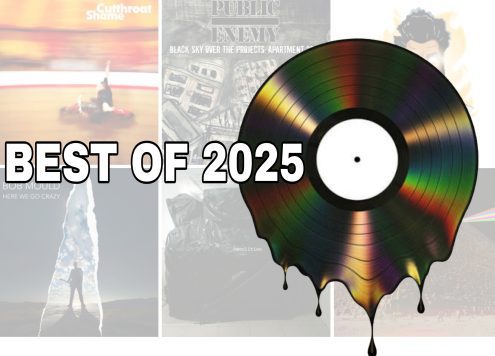

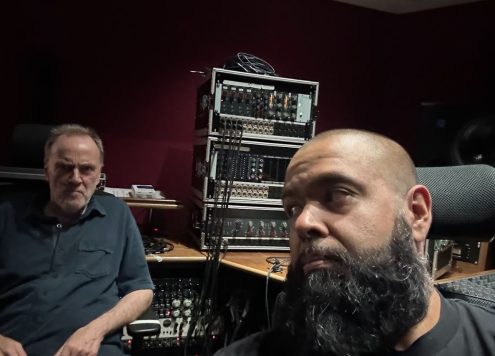
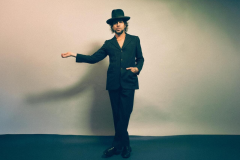
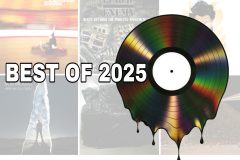
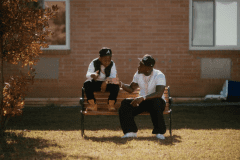


Social Media